World powers back Australia as China-Taiwan conflict escalates
As China-Taiwan tensions deepen, the imminent arrival of a British armada in South East Asia is reassuring news for Australia.
The biggest British maritime and air power military force “in a generation” will set sail for South East Asia in a couple of weeks, ostensibly for an exercise to mark the 50th anniversary of Five Power Defence Arrangements.
The defence group including the UK, Australia, Singapore, New Zealand and Malaysia was borne from a concept in 1967 out of a doctrine known as East of Suez where the British pledged to “immediately” come to the aid of southern hemisphere allies in times of crisis.
But the British armada’s imminent arrival, led by its flagship HMS Elizabeth aircraft carrier, on a mammoth six-month deployment has less to do with an anniversary commemoration and more to do with the biggest deterioration in our region’s security in a generation.
It’s a warning more than a declaration of war, signalling allies will help allies wherever they are.
For Australia that’s some reassurance with recognition a China in conflict is not a war anyone can win alone.
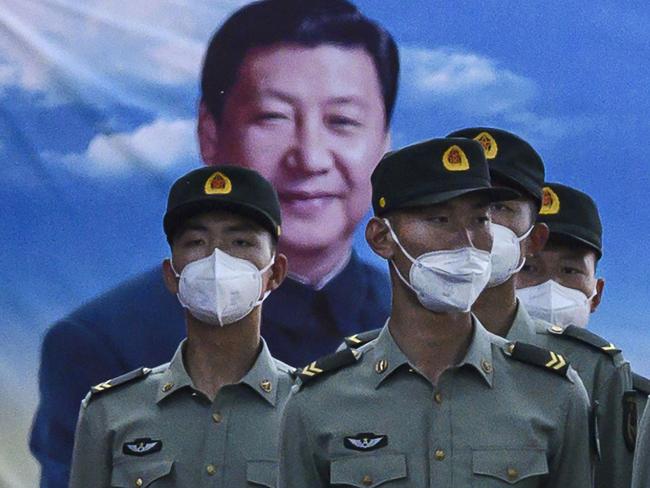
China has been more firmly on the Federal Government’s National Security Committee’s topic agenda for the past four years as the nation continues to expand through the region, notably routinely antagonising nations like Malaysia, the Philippines and Vietnam over disputed territories in the South China Sea and including China’s militarisation of artificial reefs and islands.
It has also deployed debt-trap diplomacy to our near neighbours including Papua New Guinea and East Timor and Pacific nations including Fiji and the Solomon Islands offering to fund their military forces including building barracks and air and sea ports for “mutual benefit”.
And then there is Hong Kong which for decades has enjoyed coexistence as quasi autonomous state but that China now wants to corral and China’s apparent new found or at least renewed friendship with Russia.
But since 2019 all eyes have been fixated on Taiwan as a more likely flashpoint in the region that could engulf Australia as our nation, like most of the rest of the world, have been and continue to be distracted by the COVID-19 pandemic.
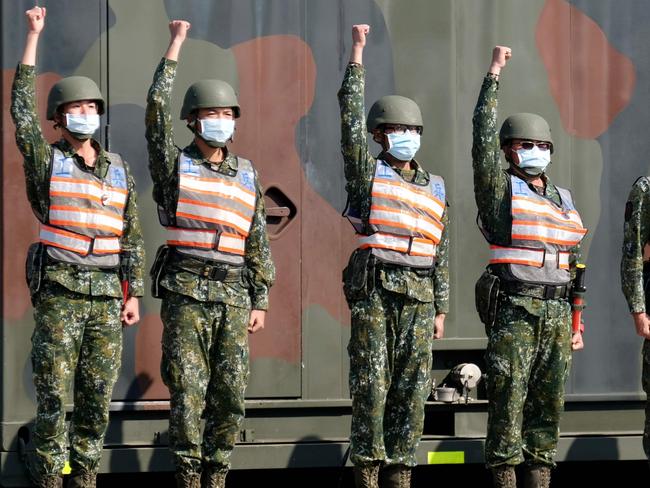
Beijing has long said Taiwan would return to their control by 2049 – the centenary of the Chinese Communist Party’s control of the country – but analysts notably in Washington have pointed to a likely acceleration of the plan to be done in the next two to five years.
Last month 20 Chinese aircraft, including four nuclear-capable H-6K bombers, 10 fighter jets, two anti-submarine aircraft and a spy plane flew into Taiwan’s “air defence identification zone”, the largest ever incursion and the most dramatic on the self-ruled defacto island nation. The previous year there were 380 sorties into the zone, largely single aircraft sent daily as a test to Taiwan’s response times, but this was almost a full scale invasion rehearsal. At least that is how the embattled Taiwanese saw it.
Last year Australia and the US formally pledged during a defence ministers forum a “strengthened resolve” over standing by Taiwan against Beijing-led aggressive overtones.
That declaration followed Chinese President Xi Jinping publicly declaring he wanted “progress” on his country’s bid to take control of Taiwan as his patience was wearing thin.
“That the two sides of the strait are still not fully unified is a wound to the Chinese nation left by history,” he said, adding the issue could no longer be passed from generation to generation.
A timetable was not given but this week and it was these sorts of ructions and declarations that apparently were front of mind for Home Affairs Secretary Mike Pezzullo when he referenced the “drums of war” beating in the region, in a memo to his staff.
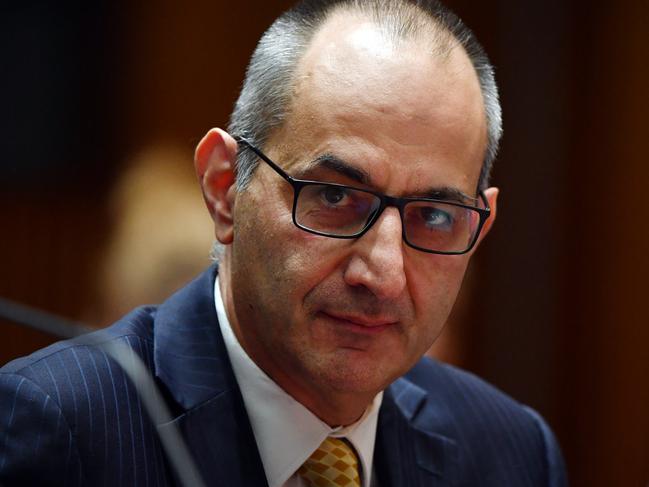
A little “poetic” suggests Professor Stephan Fruhling, strategic, deputy dean of the Defence Studies Centre, college of Asia and the Pacific at the Australian National University, but denotes a change in tenor in Canberra and the security apparatchik with realisation a new winter is coming starting with Taiwan.
“I think the risk of that happening is significant,” he told News Corp Australia.
“The Chinese realise the balance may be tipping in their favour faster than they thought five or 10 years ago. I think all of this is coming together to give people a sense that maybe there is an intersection with all these lines that may lead us to confront conflict a lot sooner than people were thinking.”
For President Xi where anything short of unification can’t be seen as a success and therefore a war would be bloody.
“Traditionally when the Chinese under Communist Party used force abroad their objective had been somewhat ambiguous which always left them the opportunity to declare that they’ve taught the adversary a lesson and they are home and that was in Korea, that was certainly with Taiwan in the 1950s, with war in Vietnam in ’79, with the Soviet Union. I think people are uncertain whether Jinping would settle for that, he would fight a short sharp conflict with the Taiwanese, sink some ships and declare victory and go home to the status quo. I think in the past that would have been more credible but for me that will not be enough.”
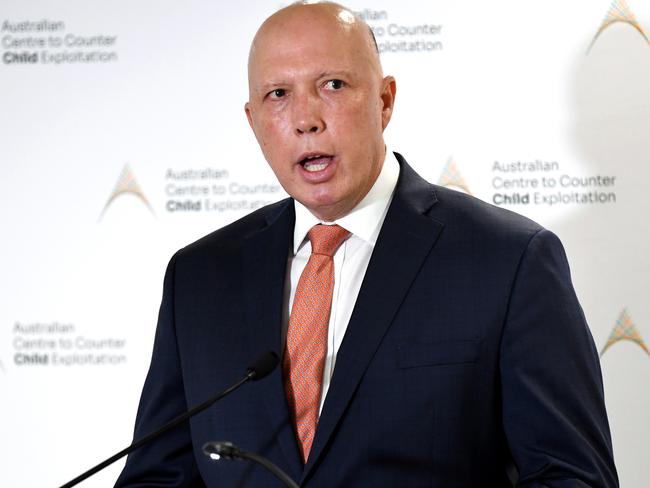
If anything short of a successful invasion is going to be seen as a failure then maybe that alone would push China to be cautious about using force in the first place. But there is another equally likely scenario.
If they are aiming for invasion then previously considered scenarios of distant naval and air blockades, maybe imposed by the Chinese or the US or both, may no longer carry.
There is no limit to what a full scale conflict could look like, with all sides having the “nuclear option” and potential to send missiles fired from thousands of nautical miles away or even use the still developing hypersonic missile technology. It would begin with sea forces.
China is big on provocation and would bait for a response or an accident as an excuse to launch a full-scale strike, possible with a nation like Philippines where provocatively China has dispatched and anchored a swarm of militia fishing boats in its disputed seas.
Also possible, an accidental strike or misunderstanding that could be prompted by the presence of a warship in the region such as the British armada and its proposed South China Sea passage en route to Japan and South Korea or a protest over a regional naval war game perhaps involving Australia.
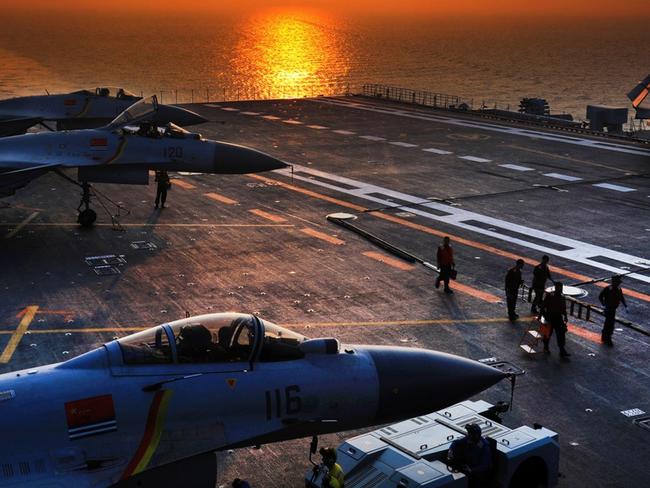
One possible scenario has China provoking an incident at sea as an excuse to mobilise large sections of its navy including its new carrier group and submarines and Type-055 destroyers with their huge missile loads.
The US would place Guam and Okinawa on high alert, Hawaii’s US Indo-Pacific Command would deploy its fleet to region to spring to Taiwan’s defence
Trillion dollar trade routes through the South China Sea would be cut as China blockade’s the Bashi Channel and Miyako Straitto Pacific Ocean. Japan would deploy its naval fleet.
Australia’s military bases go to alert including Top End defence establishments RAAF Tindal, HMAS Coonawarra and Robertson barracks.
China control of Taiwan would put it closer to Guam for missile attacks, how advanced China’s secret hypersonic missile program could be revealed.
Australia’s warship systems are compatible with those of the US and UK and others in the region but would have a limited role, with protection of Australia a priority, notably of the ports and bases Allies would use as bases.
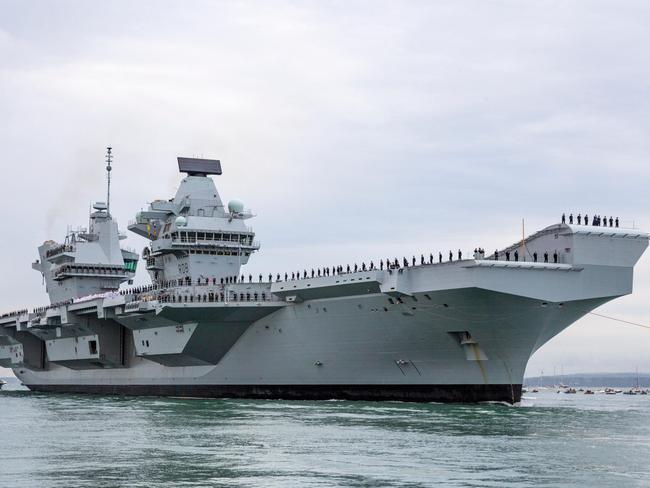
China this week criticised Australia for what it sees as espousing a Cold War mentality and being troublemakers to “instigate confrontation”; it’s building a justification to their end game of controlling the region.
It’s a war that only China can win, albeit emerge as a global pariah.
“I think the assumption nowadays is that this is going to be a real conflict in so far as you are going to have two fleets slugging it out, there is no short cut to this, this is actually then going to be a war that is decided by sinking ships and downing planes in large numbers.”
He suggests it would largely be Chinese and US ships and aircraft and perhaps also the Japanese military with Canberra analysts seeing Australia’s role more as an “enabler” for Allied forces, in defending the nation and its bases for the use of Allied long range operations.
Hence Defence renewed push to extend runways, enlarge military bases and “training” areas and even ports such as in Papua New Guinea and Los Negros Island.
Newly-installed Defence Minister Peter Dutton said conflict between China and Taiwan should not be discounted but added nobody wanted to see a war.
But he told News Corp, Australia had to prepare for all contingencies and the ADF was currently “evolving” to meet emerging threats.
That evolution revolved around making the ADF more nimble and multiskilled, and incorporating cyberwar operatives and other skilled specialists like drone operators working alongside Special Forces units in tech-driven missions.
But analysts still see Australia far from ready for a conflict.
“In a conflict missile stocks will rapidly deplete,” think tank Australian Strategic Policy Institute executive director Peter Jennings says.
“If COVID-19 taught us anything it is that we must boost domestic production in many areas but especially the war stocks used by the Australian Defence Force.”
That is happening now but how much time we have remains unknown.
More Coverage
Originally published as World powers back Australia as China-Taiwan conflict escalates




